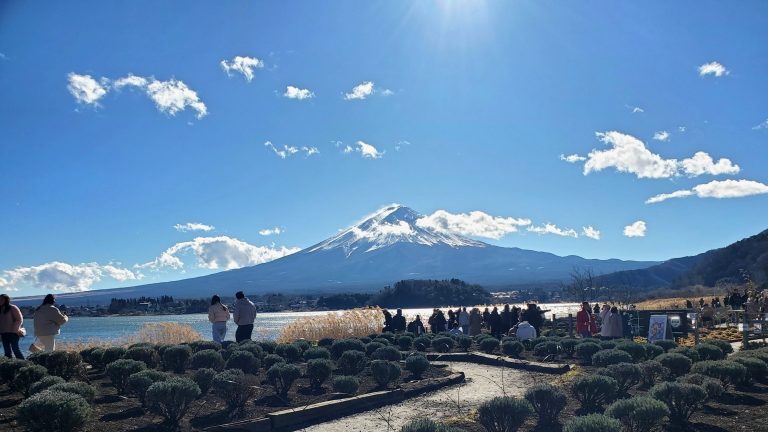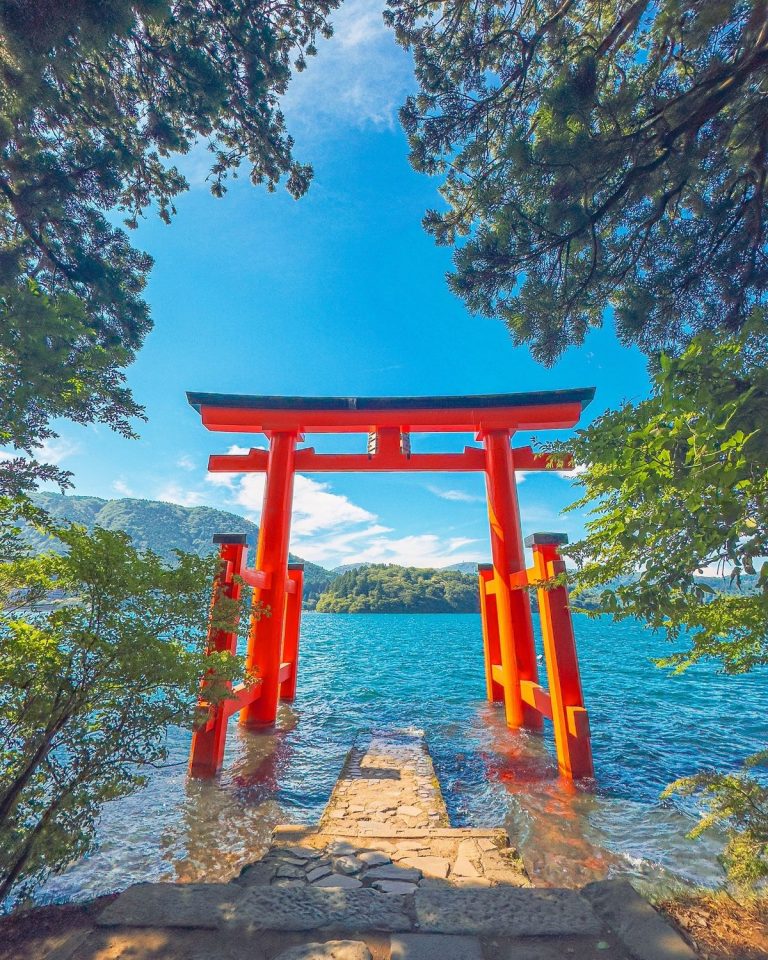Intro
Choosing the starting point for your Japan trip is a question of tone as much as logistics: do you want the first steps of your journey to be into a hyper-modern metropolis full of neon, museums and neighborhoods each with their own character, or into a quieter, low-rise city where centuries-old temples and narrow lanes set the pace? Both Tokyo and Kyoto are world-class destinations and there’s no universal “right” answer, but the order you visit them will shape your first impressions and energy for the rest of the trip. This guide breaks down the practicalities, travel flows, and situational recommendations so you can pick the sequence that best matches your travel goals, flight logistics, and energy level upon arrival.
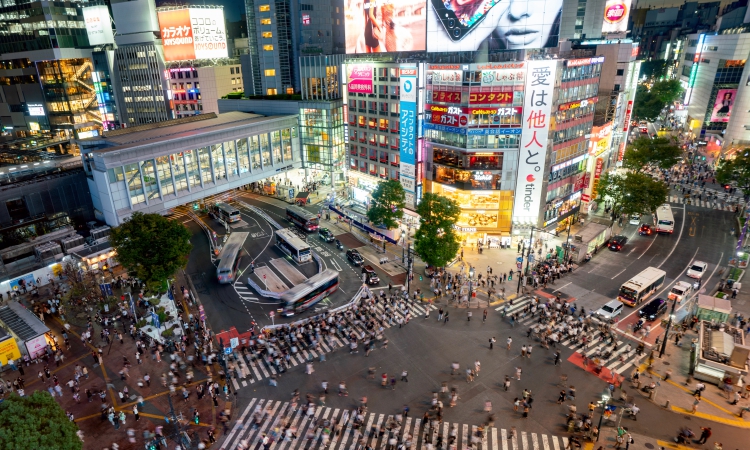
Start in Tokyo if…
Begin in Tokyo if your flight lands here or if you want the immediate convenience of modern infrastructure, luggage transfer services and a wide variety of accommodation price points. Tokyo’s multiple airports and direct train links let you arrive and start exploring without needing to transfer to another city first. The city’s diversity means you can tailor your first days exactly to your energy level — start with light neighborhood walks in Asakusa and Ueno if you’re jet-lagged, or dive into nightlife and street food in Shinjuku and Shibuya if you arrive refreshed. Tokyo is also the best place to handle logistical needs — last-minute gear, SIM cards, currency exchange and anything you forgot to pack — because its shops are abundant and open late. If you want to ease into the country with modern comforts while building a base for day trips (Nikko, Kamakura, Hakone), Tokyo makes sense as your launch pad. Finally, for travelers interested in technology, pop culture or cutting-edge design, starting in Tokyo immerses you immediately in the contemporary side of Japan’s global identity.
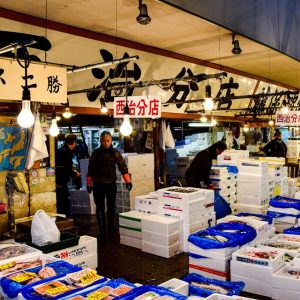
Start in Kyoto if…
Choose Kyoto as your starting city if your arrival airport is closer to the Kansai region (Osaka/Kansai/Itami) or if you want to open your trip gently with cultural immersion. Kyoto’s streets, shrines and tea houses create an atmosphere of history and calm that helps many travelers decompress after long flights. Starting in Kyoto makes it easier to experience ryokan hospitality, kaiseki dinners and temple visits in a concentrated way without the sensory intensity of Tokyo. For travelers who want to build a travel narrative from the traditional to the modern — ending the trip with Tokyo’s crescendo of neon and innovation — beginning in Kyoto sets a great tonal arc. Kyoto is also a practical choice if your itinerary centers on the Kansai region (Osaka, Nara, Kobe) because regional rail and road networks make day trips convenient. If you want to acclimatize to local customs, practice basic phrases, and build a gentle foundation before tackling the scale of Tokyo, starting in Kyoto may be the most pleasant option.
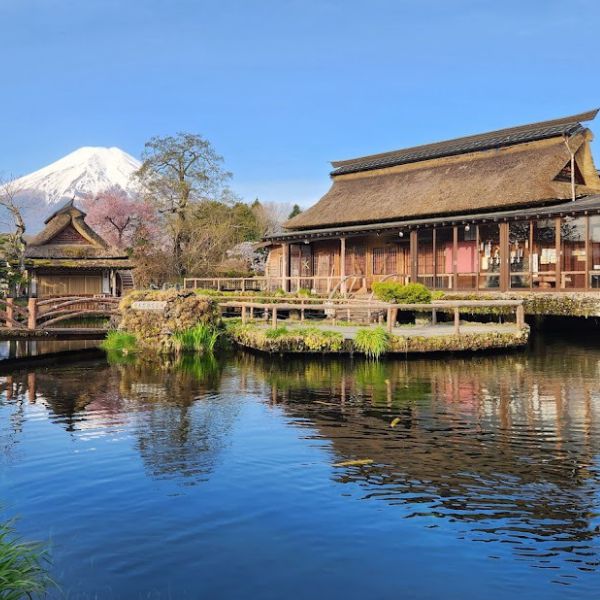
How many days to spend in each
Suggested minimums depend on travel style: for a first-time visitor who wants a good overview, 3–5 full days in Tokyo let you sample 4–6 neighborhoods, a museum or two, and one or two nearby day trips. Kyoto’s highlights can be seen in 2–4 full days enough for major temples, a tea ceremony, and a walk through Gion — but to appreciate the quieter corners and day trips (Arashiyama, Uji) add more time. If your trip is two weeks you can give each city a comfortable chunk of days (e.g., 6 days Tokyo, 5 days Kyoto, with day trips sprinkled in). Shorter trips require tradeoffs choose neighborhoods in Tokyo wisely or focus on a few must-see temples in Kyoto rather than trying to cram everything in.
Final Recommendation
There is no single “right” order only the order that suits your flight logistics, energy level and travel priorities. If you want to leap into modern Japan’s hustle and have easy flight options, start in Tokyo. If you prefer a gentle, historically rich opening to your trip with Kyoto’s calm and ceremonial moments, start in Kyoto. Because the Shinkansen links the two so efficiently, many travelers simply plan to visit both and let the sequence serve a broader narrative: calming tradition then brilliant modernity, or vice versa. Pick the order that best preserves your energy and curiosity and remember that both cities will welcome you with world-class experiences.

